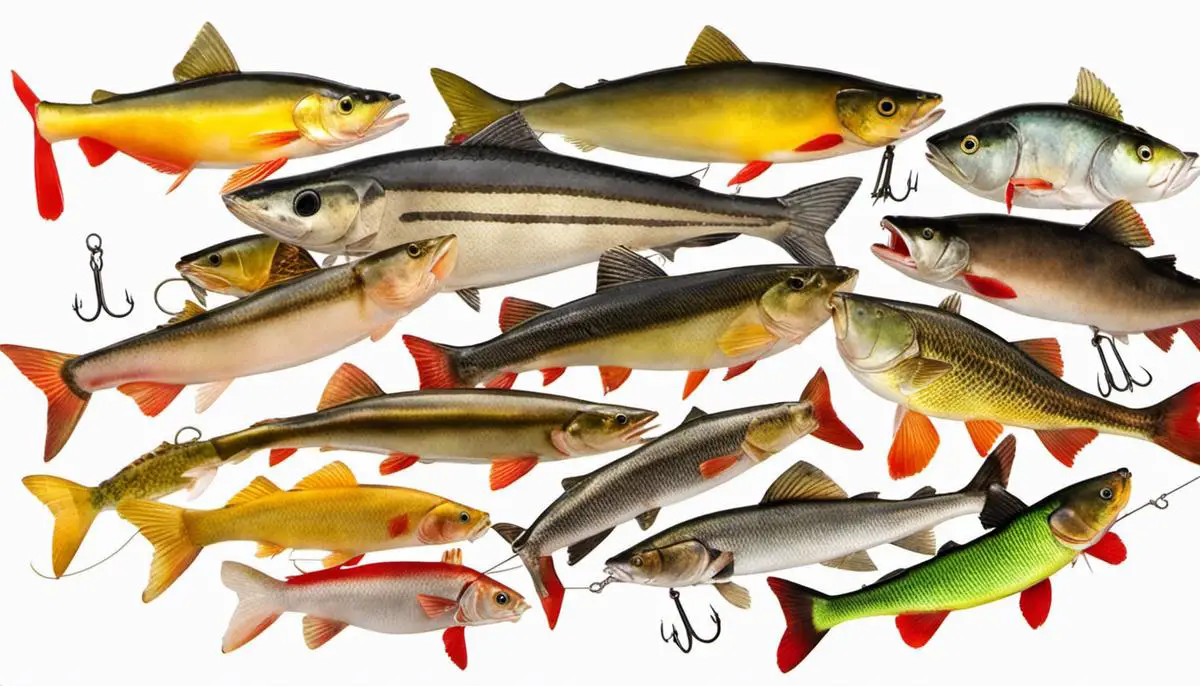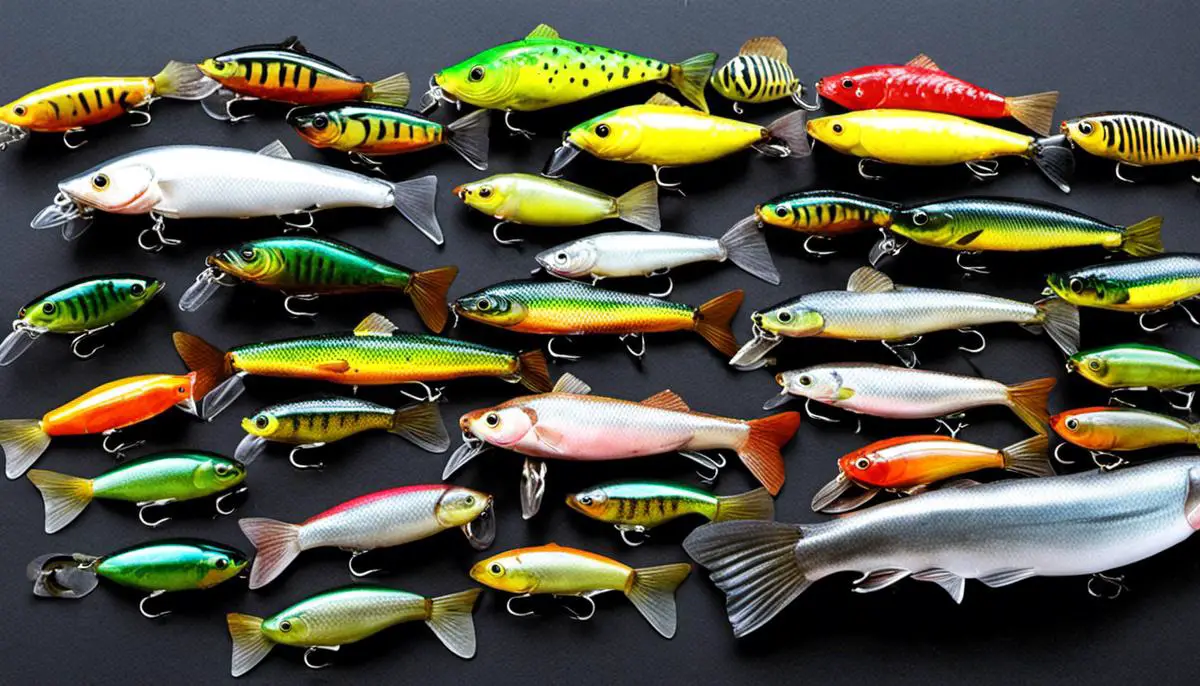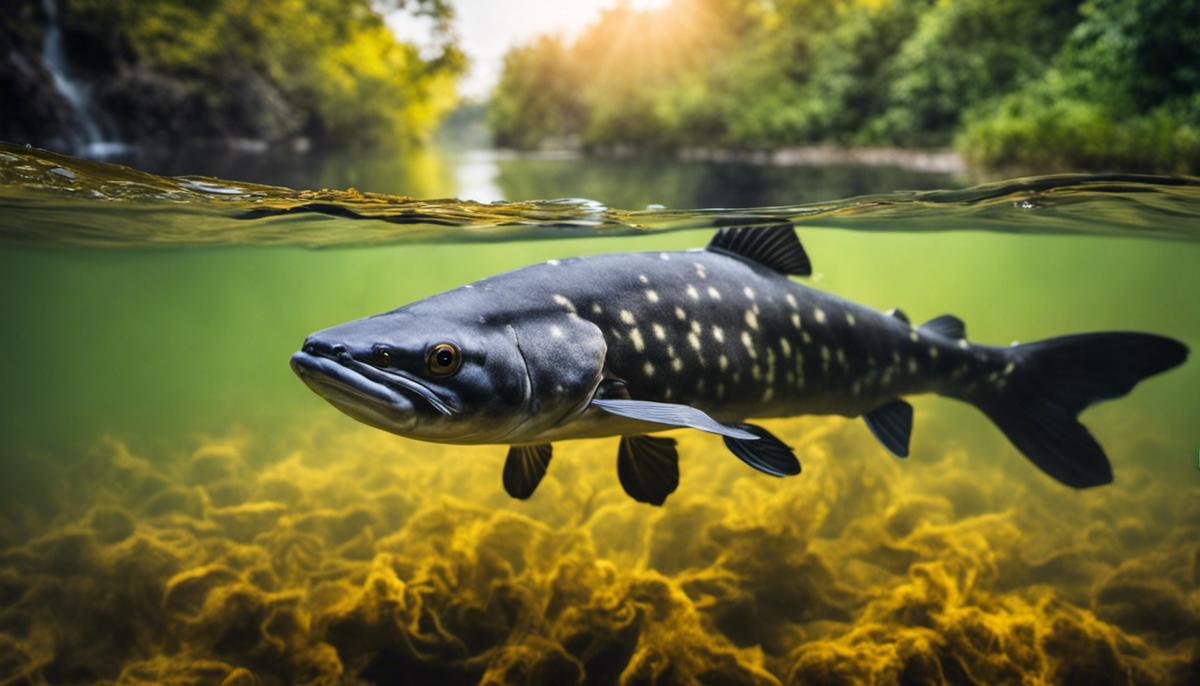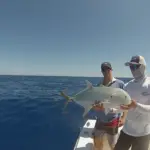Catfishing is an entertaining and rewarding pastime that sparks the interest of many anglers across the country. However, a fundamental aspect of this fascinating activity involves a deep understanding of catfish behavior and selecting the right bait. Taking into account variables such as water temperature, time of year, and other environmental factors, can help enhance your catfish catching prowess. Furthermore, exploring the various types of bait available, such as chicken liver, bait fish, hot dogs and other commercial stink baits can ensure a more successful fishing experience. In essence, understanding these fundamentals will take you a great step closer to becoming a seasoned catfish angler.
Understanding Catfish Behavior
Understanding Catfish Feed Patterns
Each species of catfish has its own particular eating habits which are influenced by environmental conditions such as the temperature of the water, the seasons, and other natural factors. For instance, if the water is too hot or too cold, catfish might become less willing to eat. Similarly, during the spawning season, catfish are more focused on breeding rather than feeding, which can influence their feeding patterns.
Types of Catfish and Their Preferred Bait
There are several species of catfish, each having its preference for certain types of bait. Channel catfish, for example, are known to be omnivorous and will eat both plant material and small organisms. Baits like minnows, cut baitfish, nightcrawlers, chicken liver are prime choices for catching channel catfish. On the other hand, Flathead catfish are more predatory and prefer live bait, such as bream, shiners, or even small carp.
Catfish Feeding Behavior Based on Environmental Factors
Water temperature also dramatically impacts catfish behavior and subsequently, their feeding. During colder months, catfish tend to conserve energy and are less active. Therefore, during this period, it’s best to opt for bait that has a strong smell like chicken livers or prepared bait. However, in warmer conditions, catfish are more aggressive and active so you can lure them with active baits like live fish or nightcrawlers.
Similarly, the time of day significantly influences catfish behavior. At night, catfish are more active and generally venture into shallow waters to hunt. During these periods, using smelly or stink baits, chicken liver, nightcrawlers or live fish can produce effective results.
Concluding Thoughts on Catfish Bait Selection
Selecting the right bait for catching catfish can be determined by considering several factors. By understanding the feeding patterns and preferences of different species, acknowledging the influence of water temperature on catfish activity, and knowing how the time of day can change catfish feeding behavior, you can significantly improve your catfish fishing experience.

Exploring Different Types of Catfish Bait
Chicken Liver: A Classic For a Reason
Chicken livers are among the most popular and effective baits for catching catfish. The scent they carry is very alluring to catfish, and they are relatively easy and cheap to come by. However, their main downside is that they’re soft and can easily fall off the hook. To circumvent this, many anglers use bait holders or wrap the liver in thread to keep it attached.
Bait Fish: A Fish’s Favorite Food
Small bait fish – like shad, herring, and creek chubs – are a great option as catfish bait. They’re natural prey, making them incredibly effective in enticing a hungry catfish. However, remember to check local laws as certain areas may require the bait fish come from the same water body you are fishing.
Shrimp: Simple and Effective
Shrimp is another popular choice for catfish bait. It can be used fresh, frozen, or even pre-cooked, making it a convenient choice. Shrimp also works well for bottom fishing or jug fishing. However, shrimp can also attract other types of fish, so you may catch something other than a catfish.
Hot Dogs: Affordable and Easy
Hot dogs are an inexpensive, easy-to-use bait. Catfish are attracted to the strong aroma and taste they give off, particularly if you use flavored varieties like cheese or garlic dogs. The downside is they can be soft and fall off the hook easily, though this can be remedied by using tougher, high-quality hot dogs or sausages.
Stink Bait: For the Intrepid Angler
There’s a reason it’s called stink bait. These commercial baits often give off a strong, pungent odor that catfish find irresistible. Depending on the brand, they can come in a variety of forms, including dough, dip, or in a tube, and can be very effective. Just be prepared for the smell, which can be quite overpowering.
Each bait type has its pros and cons, but ultimately, the best bait for catfish will depend on your specific fishing conditions and taste. A general rule of thumb is to try and match the natural diet of the catfish in your area, and don’t be afraid to experiment with different types of bait to see what works best.

Effective Bait Presentation
Choosing the Right Bait for Catfish
Catfish are known for their voracious appetite and will consume a wide variety of baits. Some of the most effective baits include cut shad or herring, chicken liver, nightcrawlers (earthworms), and stink baits. These attract catfish through their strong odor. You can also use live fish like small bream as bait if it’s legal in your area.
Certain types of catfish prefer certain types of food. For example, Channel catfish are omnivorous and can eat a wide variety of foods, whereas Flathead catfish prefer live bait such as smaller fish. Blue catfish are predatory and are more likely to go after cut bait like herring or shad.
Preparing and Presenting Your Bait
Preparation and presentation of your bait also play an integral role in catching catfish. Catfish are bottom feeders, so you want to make sure your bait is sinking to the bottom. A simple slip-sinker rig or a three-way rig can be most effective.
For worm or chicken liver, thread them onto the hook to make sure catfish cannot easily steal the bait. For cut bait, a good strategy is to cut it into 1-2 inch chunks and thread them onto the hook through the skin.
Rigging live baitfish for Flathead or Blue catfish should ensure the fish can move relatively freely and attract a bite. This can be achieved by hooking the baitfish through the lips or the back near the dorsal fin.
Feeding and Attracting Catfish
It is common to add additional attractants to your catfish bait. For instance, soaking your bait in garlic or buying pre-scented baits can increase its effectiveness. These extra scents encourage the catfish to follow the scent track right to your bait.
Pre-baiting a fishing spot, also known as “chumming,” with a few handfuls of corn, commercial catfish chum, or other bait items can also send more catfish to your fishing spot. Remember, be sure not to overdo it as catfish can fill up on chum rather than going for your bait.
Monitoring and adjusting your techniques are also crucial. What works one day might not work the next, so always be prepared to switch it up and try something new. With these essential techniques and tips, your chances of landing a catfish significantly improve.

With a comprehensive understanding of catfish behavior, the right selection from the variety of baits available, and learning the art of effective bait presentation, you’re set to have an excellent catfishing experience. These insights are designed to provide you with the necessary knowledge to enhance your catfishing skills. It’s time to hit the water now, apply this wisdom, and enjoy the thrill that catfishing brings. Remember, beyond the right bait, persistence and patience are crucial to a successful catfishing journey, and make each catch all the more satisfying. Happy catfishing!



Welcome to our blog!